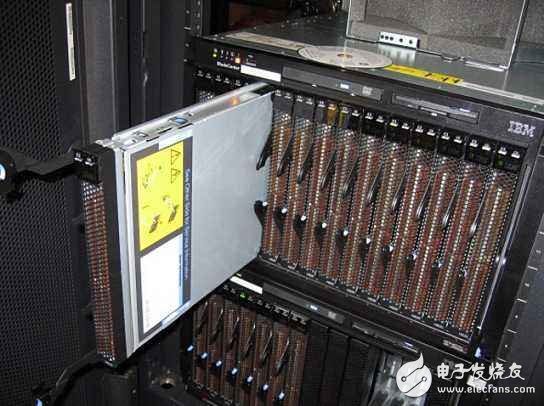A well-known comedian once created this popular term - "I hate it when that happens!!!". I am actually fully aware of that feeling. Every time I have to crack, debug or improve "Someone Else's Design" (SED), I believe I have said this. One day, my boss gave me a task to figure out exactly what went wrong with a VMEBus-based processor interface chassis. Since this was the "Dark Ages" of the desktop computer in the 1990s, this interface chassis contained a Motorola 68010 microprocessor in assembly language (not C, JAVA or HTML). coding. What we did was put two 6RU rack-high, wire-wound, 7400 logic-based custom interface chassis into a 5RU high VMEBus box and maintain it with two HP1000 Fast Fortran Connection. The surface of the interface chassis is smooth: the front touch panel is used to perform the status display of the processor and display the data information recorded from the interface. But the problem that this interface chassis originally faced was very embarrassing - think about how you can put 10 pounds in a bag that can only hold 5 pounds? It looks normal from the package, wiring, rear panel connectors, power supplies, and coolers. The problem is that in order to save rack space as much as possible, the designer uses an assembly language that goes beyond its capabilities to encode. The original interface only built the 'L' mode. The new VMEBus design also builds 'L' and 'S' modes, increasing complexity by a factor of four. In the 'L' mode, the DF and NV bits are extracted from the 144-bit data frame every 125 microseconds, so that the L mode is successfully completed. However, the 'S' mode is a new way of encoding. This mode provides one DF and NV bit every four 193 bits, 125ms. After testing this mode, I found that it could not work smoothly. I suspect that the problem lies in the logic circuit settings encoded in assembly language. I later called several times to find out that the original designer had left, and now no one can answer any questions about his design. I had to start working on assembly language code and found that the designer had a complete documentation of everything he did. But the biggest problem with assembly language is usually related to the "subroutine" language. If you see code that is full of 'JSR' and 'RTS', you can hardly track the logic. Soon you will find that the subroutine read operation also needs to be executed with some CPU cycles. This is the key parameter for control when writing assembly language. Handling an Interrupt Service Routine (ISR) is even more tricky, because the ISR is ready to execute whenever an external interrupt occurs. Finally, I finally found out that most of the logic used to find DF and NV is performed internally by the ISR, performing ISR operations every 512 microseconds. Now I almost have to solve this problem. I found the Motorola Assembler manual, and then began to increase the CPU instruction cycle required to execute the ISR. Then I found that one of the ISRs could not complete the instruction operation before the next interrupt occurred, thus continually consuming the scratchpad in the CPU stack until the memory After exhaustion, it crashes. It is not easy to actually fix it. It took me more than a month to rebuild the ISR, so that only the critical instruction set was executed inside the ISR, and a way to store the intermediate calculations immediately was created so that these values ​​could also be used outside the ISR. These modifications were finally completed and tested, and the interface chassis has been used for many years. I am also very proud of this achievement myself. Bakelite Material,Bakelite Plastic,Bakelite Made From,Bakelite Synthetics WENZHOU TENGCAI ELECTRIC CO.,LTD , https://www.tengcaielectric.com
March 16, 2023